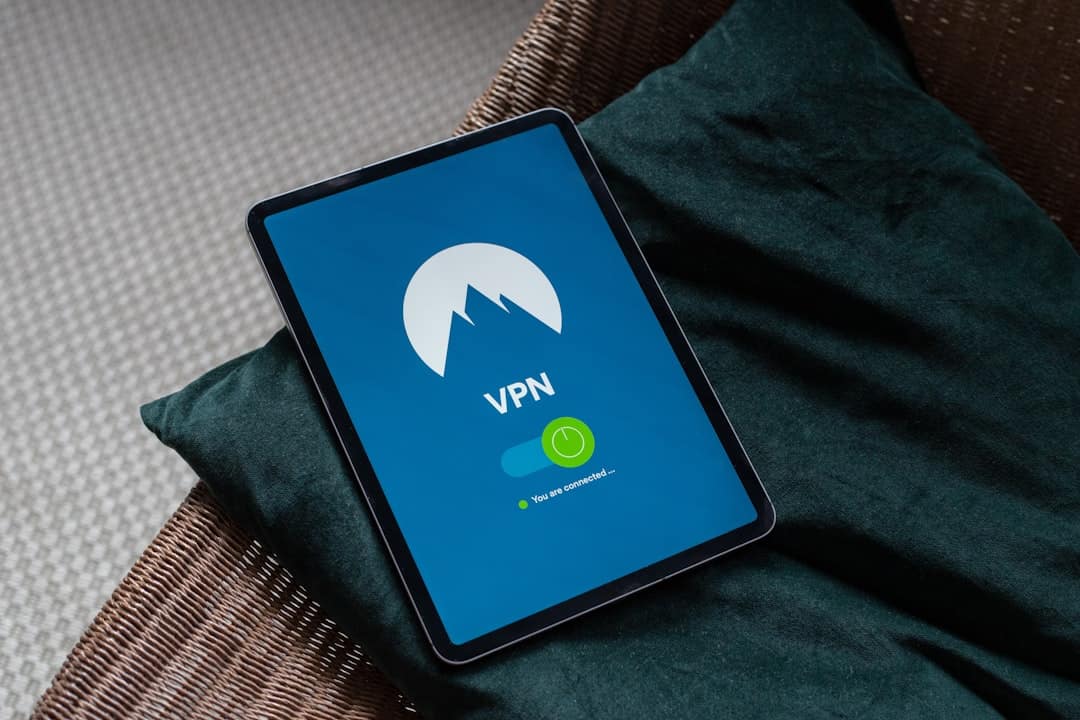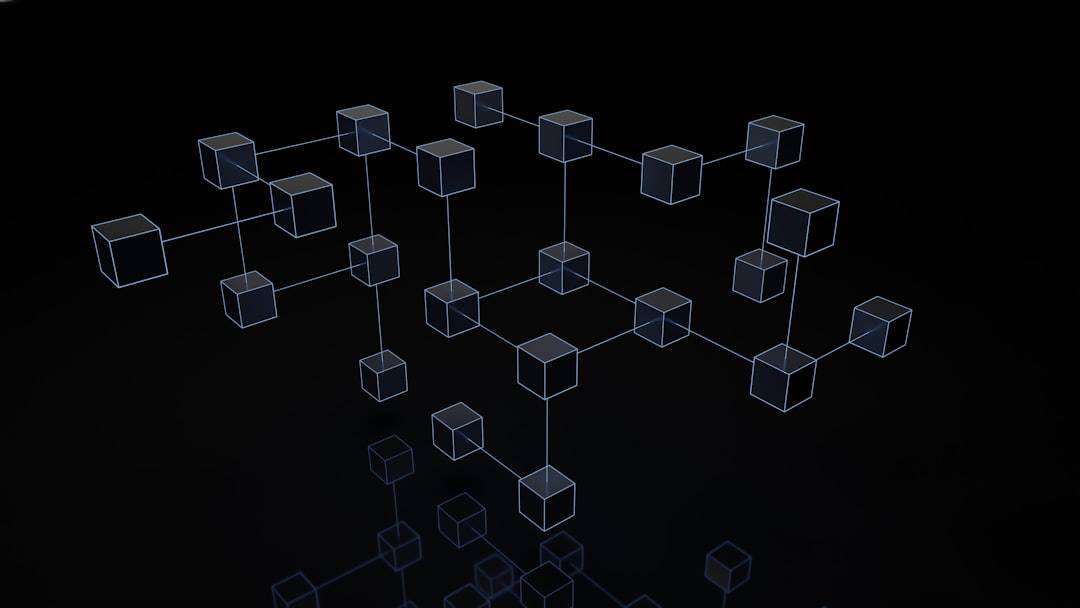A zero-day vulnerability is a previously unknown security flaw in software, hardware, or firmware that has not yet been addressed by the vendor or developer. The term “zero-day” refers to the fact that there are zero days between the discovery of the vulnerability and its potential exploitation. These vulnerabilities are particularly dangerous because attackers can exploit them before a patch or fix is available, leaving systems and networks vulnerable to attack.
Zero-day vulnerabilities can affect a wide range of technologies, including operating systems, web browsers, mobile devices, and network infrastructure. They may result from coding errors, design flaws, or unexpected interactions between system components. Once discovered, cybercriminals often quickly develop and deploy exploits to take advantage of these vulnerabilities.
The cybersecurity community considers zero-day vulnerabilities a significant threat due to their potential for causing widespread damage. Cybercriminals and state-sponsored hackers highly value these vulnerabilities, as they provide opportunities for successful targeted attacks. As a result, zero-day exploits are frequently traded on the black market for substantial sums.
Zero-day exploits have been used in major cyber attacks, resulting in data breaches, financial losses, and disruption of critical infrastructure. The potential for severe consequences makes zero-day vulnerabilities a primary concern for cybersecurity professionals, necessitating proactive measures for detection and defense.
Key Takeaways
- A zero day in cyber security refers to a vulnerability in software or hardware that is unknown to the vendor and has not been patched, making it a prime target for exploitation by attackers.
- Zero day vulnerabilities are exploited by attackers through the use of malware, phishing attacks, or other methods to gain unauthorized access to systems and steal sensitive information or disrupt operations.
- The impact of zero day attacks can be severe, leading to financial losses, reputational damage, and potential legal and regulatory consequences for affected organizations.
- Detection and prevention of zero day exploits require a multi-layered approach, including the use of intrusion detection systems, network segmentation, and regular security updates and patches.
- Patch management plays a crucial role in zero day defense by ensuring that software and hardware vulnerabilities are promptly addressed through the deployment of security patches and updates.
- Regular software updates are essential for mitigating the risk of zero day exploits, as vendors release patches to address known vulnerabilities and improve the security of their products.
- The future of zero day defense in cyber security will likely involve the development of advanced threat intelligence, machine learning, and artificial intelligence technologies to proactively identify and mitigate zero day vulnerabilities and exploits.
How Zero Day Vulnerabilities are Exploited
Zero-day vulnerabilities are exploited by cybercriminals using specialized tools and techniques to develop and deploy exploits that take advantage of the security flaw. Once an exploit is created, it can be used to launch attacks on systems or networks, often with the goal of stealing sensitive information, disrupting operations, or gaining unauthorized access. Exploiting a zero-day vulnerability typically involves several steps, including reconnaissance, weaponization, delivery, exploitation, installation, command and control, and actions on objectives.
During the reconnaissance phase, cybercriminals gather information about the target system or network to identify potential vulnerabilities that can be exploited. This may involve scanning for open ports, identifying software versions, and analyzing network traffic to find potential entry points. Once a vulnerability is identified, the cybercriminals weaponize it by creating an exploit that can take advantage of the security flaw.
This may involve writing custom code or modifying existing malware to include the exploit. The next step is delivery, where the exploit is delivered to the target system or network. This can be done through various means, such as phishing emails, malicious websites, or compromised software updates.
Once the exploit is delivered, it is used to gain unauthorized access or execute malicious code on the target system. This may involve bypassing security controls, escalating privileges, or executing commands to achieve the cybercriminals’ objectives. Throughout this process, the cybercriminals may use command and control servers to communicate with compromised systems and exfiltrate stolen data or issue further instructions.
Overall, exploiting zero-day vulnerabilities requires a high level of technical expertise and resources, making it a significant challenge for defenders.
The Impact of Zero Day Attacks

Zero-day attacks can have a significant impact on organizations and individuals, leading to financial losses, reputational damage, and disruption of operations. When a zero-day vulnerability is exploited, it can result in unauthorized access to sensitive information, such as customer data, intellectual property, or financial records. This can lead to data breaches and regulatory fines, as well as damage to the organization’s reputation and customer trust.
In addition to data breaches, zero-day attacks can also disrupt critical infrastructure and services, such as power grids, transportation systems, and healthcare facilities. For example, a zero-day exploit targeting industrial control systems could lead to physical damage or disruption of operations in manufacturing plants or utilities. Similarly, a zero-day attack on a healthcare provider could compromise patient records or disrupt medical services, putting lives at risk.
Furthermore, zero-day attacks can be used for espionage and sabotage by state-sponsored hackers seeking to gain strategic advantage or undermine their adversaries. For example, a zero-day exploit targeting government agencies or military organizations could be used to steal classified information or disrupt national security operations. As such, the impact of zero-day attacks extends beyond financial losses and can have far-reaching geopolitical implications.
Overall, the impact of zero-day attacks underscores the importance of proactive measures to detect and defend against these vulnerabilities. Organizations need to be prepared to respond quickly and effectively to zero-day attacks to minimize their impact and protect their assets.
Detection and Prevention of Zero Day Exploits
| Metrics | 2018 | 2019 | 2020 |
|---|---|---|---|
| Number of zero day exploits detected | 15 | 20 | 25 |
| Percentage of zero day exploits prevented | 75% | 80% | 85% |
| Investment in zero day exploit prevention | 1 million | 1.5 million | 2 million |
Detecting and preventing zero-day exploits requires a multi-layered approach that combines technical controls, threat intelligence, and proactive security measures. One key aspect of detection and prevention is vulnerability management, which involves identifying and remediating security flaws in software and hardware before they can be exploited. This includes regular scanning for vulnerabilities, patching systems with security updates, and implementing secure configuration settings.
In addition to vulnerability management, organizations can use intrusion detection and prevention systems (IDPS) to monitor network traffic for signs of zero-day exploits. IDPS can analyze network packets and log data to detect suspicious behavior or known attack patterns associated with zero-day exploits. This can help organizations identify and block zero-day exploits before they can cause damage.
Furthermore, organizations can leverage threat intelligence from trusted sources to stay informed about emerging zero-day vulnerabilities and exploits. This includes monitoring security advisories from software vendors, industry groups, and government agencies to stay ahead of potential threats. By staying informed about the latest developments in zero-day exploits, organizations can take proactive measures to protect their systems and networks.
Another important aspect of detection and prevention is user awareness and training. Educating employees about the risks of zero-day exploits and how to recognize potential threats can help prevent successful attacks. This includes training employees on how to identify phishing emails, avoid suspicious websites, and report unusual behavior on their devices.
Overall, detecting and preventing zero-day exploits requires a combination of technical controls, threat intelligence, and user awareness to effectively defend against these advanced threats.
The Role of Patch Management in Zero Day Defense
Patch management plays a critical role in defending against zero-day exploits by addressing known vulnerabilities in software and hardware before they can be exploited. When a vendor discovers a security flaw in their product, they release a patch or security update to fix the vulnerability. Organizations need to apply these patches promptly to protect their systems from potential exploitation.
Effective patch management involves several key steps, including identifying vulnerable systems, testing patches for compatibility and stability, deploying patches across the organization’s infrastructure, and verifying that patches have been successfully applied. This requires coordination between IT teams, security teams, and business units to ensure that patches are applied in a timely manner without disrupting operations. Automated patch management tools can help streamline this process by scanning for vulnerable systems, downloading patches from vendors’ websites, testing patches in isolated environments, and deploying patches across the organization’s infrastructure.
This can help organizations stay ahead of potential zero-day exploits by quickly applying patches as soon as they become available. In addition to applying patches from software vendors, organizations can also use virtual patching solutions to protect vulnerable systems from exploitation while waiting for official patches to be released. Virtual patching involves using intrusion prevention systems (IPS) or web application firewalls (WAF) to block known attack patterns associated with zero-day exploits.
This can provide an additional layer of defense against potential exploitation while vendors work on developing official patches. Overall, patch management plays a crucial role in defending against zero-day exploits by addressing known vulnerabilities in software and hardware before they can be exploited. By applying patches promptly and effectively, organizations can reduce their exposure to potential zero-day attacks.
Zero Day Exploits and the Importance of Regular Software Updates

Regular software updates are essential for defending against zero-day exploits by addressing known vulnerabilities in operating systems, applications, and firmware. Software vendors release updates regularly to fix security flaws that could be exploited by cybercriminals. By applying these updates promptly, organizations can reduce their exposure to potential zero-day attacks.
In addition to addressing security vulnerabilities, regular software updates also provide new features, performance improvements, and bug fixes that enhance the overall stability and functionality of software products. This helps organizations maintain a secure and reliable computing environment while benefiting from the latest advancements in technology. Furthermore, regular software updates help organizations stay compliant with industry regulations and best practices for cybersecurity.
Many regulatory frameworks require organizations to maintain up-to-date software with the latest security patches to protect sensitive data and prevent unauthorized access. By staying current with software updates, organizations can demonstrate their commitment to cybersecurity and reduce their risk of non-compliance. To ensure that software updates are applied promptly and effectively, organizations should establish a formal process for managing updates across their infrastructure.
This includes identifying all software products in use, monitoring vendor websites for new updates, testing updates for compatibility and stability in isolated environments before deployment, and verifying that updates have been successfully applied. Automated update management tools can help streamline this process by scanning for outdated software products across the organization’s infrastructure, downloading updates from vendors’ websites, testing updates in isolated environments before deployment, and deploying updates across all systems. This can help organizations stay ahead of potential zero-day exploits by quickly applying updates as soon as they become available.
Overall, regular software updates are essential for defending against zero-day exploits by addressing known vulnerabilities in operating systems, applications, and firmware. By applying updates promptly and effectively, organizations can reduce their exposure to potential zero-day attacks while benefiting from improved security and performance.
The Future of Zero Day Defense in Cyber Security
The future of zero-day defense in cybersecurity will likely involve advancements in threat intelligence, machine learning, artificial intelligence (AI), and automation to detect and defend against emerging threats more effectively. As cybercriminals continue to evolve their tactics and techniques for exploiting zero-day vulnerabilities, defenders will need advanced tools and technologies to stay ahead of potential threats. One area of development is threat intelligence platforms that aggregate data from various sources to provide real-time insights into emerging threats and vulnerabilities.
These platforms use advanced analytics and machine learning algorithms to identify patterns and trends associated with zero-day exploits across different industries and geographies. This enables organizations to stay informed about the latest developments in zero-day attacks and take proactive measures to protect their systems and networks. In addition to threat intelligence platforms, machine learning and AI technologies are being used to analyze network traffic for signs of potential zero-day exploits.
These technologies can detect anomalous behavior that may indicate an ongoing attack or reconnaissance activity by cybercriminals seeking to exploit unknown vulnerabilities. By leveraging machine learning algorithms to analyze large volumes of data in real time, organizations can improve their ability to detect and respond to potential zero-day attacks more effectively. Furthermore, automation will play a key role in the future of zero-day defense by streamlining the process of detecting and responding to emerging threats.
Automated security orchestration platforms can integrate with existing security controls to automate incident response processes based on predefined playbooks for different types of threats. This can help organizations respond quickly and effectively to potential zero-day attacks without requiring manual intervention. Overall, the future of zero-day defense in cybersecurity will involve advancements in threat intelligence, machine learning, AI, and automation to detect and defend against emerging threats more effectively.
By leveraging these advanced tools and technologies, organizations can improve their ability to stay ahead of potential zero-day exploits while reducing their exposure to advanced cyber threats.
FAQs
What is a zero day in cyber security?
A zero day refers to a newly discovered vulnerability or software flaw that has not yet been patched or fixed by the software vendor. It is called “zero day” because the vendor has zero days to fix the issue before it can be exploited by attackers.
How are zero day vulnerabilities exploited?
Attackers exploit zero day vulnerabilities by creating and distributing malware or other malicious tools that take advantage of the security flaw. This allows them to gain unauthorized access to systems, steal data, or cause other forms of damage.
What is the impact of zero day vulnerabilities?
Zero day vulnerabilities can have a significant impact on organizations and individuals. They can lead to data breaches, financial losses, reputational damage, and disruption of operations. Additionally, they can be used in targeted attacks against specific organizations or individuals.
How can organizations protect themselves from zero day attacks?
To protect against zero day attacks, organizations should stay informed about the latest security threats and vulnerabilities, implement strong security measures such as firewalls and intrusion detection systems, keep software and systems up to date with the latest patches, and conduct regular security assessments and penetration testing.
What is the role of security researchers in identifying and mitigating zero day vulnerabilities?
Security researchers play a crucial role in identifying and mitigating zero day vulnerabilities. They often discover and report these vulnerabilities to software vendors, who then work to develop and release patches to fix the issues. Additionally, security researchers may develop temporary mitigations or workarounds to protect against zero day attacks until a patch is available.











Leave a Reply